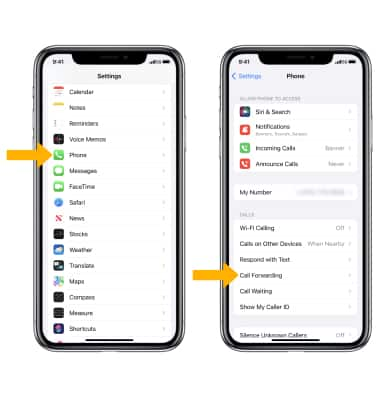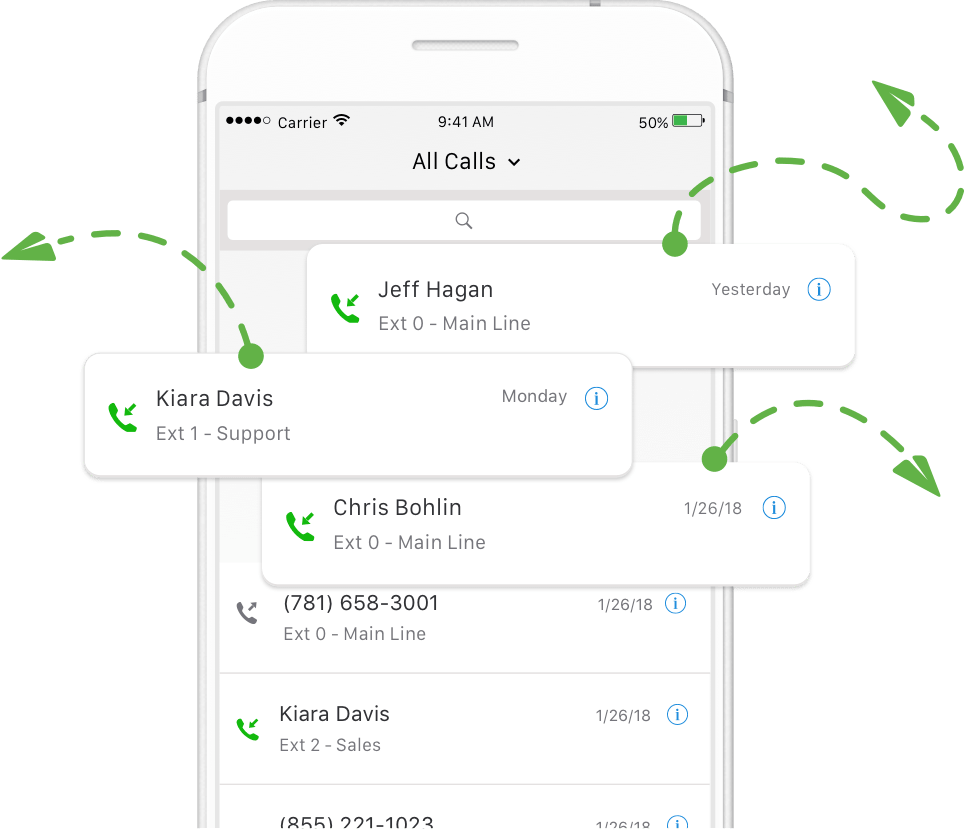Effective Ways to Forward Calls in 2025: Smart Solutions for Productive Communication
In the fast-paced world of telecommunication, call forwarding has emerged as an essential tool for managing communication effectively. In 2025, technology continues to evolve, bringing smarter solutions for forwarding calls and improving productivity. Whether you’re a business professional or an individual looking to streamline your phone communication, understanding the latest call management features and tactics can significantly enhance your connectivity. Let’s explore some effective methods to manage incoming calls through innovative call forwarding solutions.
Understanding Call Forwarding Options
Call forwarding is one of the most practical features in managing phone communication today. It enables users to redirect incoming calls to another number, allowing for seamless call handling. With advancements in mobile technology, various types of call forwarding options are available, tailored to meet distinct needs. From basic call redirection to more sophisticated methods like virtual phone systems, understanding the options will help users make informed choices on which settings to enable.
Types of Call Forwarding
There are multiple call forwarding types to choose from, depending on your individual or business needs. The most common types include:
- Unconditional Call Forwarding: All calls are redirected to the specified number without any conditions.
- Conditional Call Forwarding: Forward calls only if you are on another call, busy, or when you don’t answer.
- Remote Call Forwarding: Enables users to redirect calls to any number from a remote location, perfect for those traveling or managing multiple lines.
These types allow for flexible communication management, making it possible to cater to various scenarios, whether handling customer service inquiries or facilitating private calls.
Business Call Forwarding Solutions
For enterprises, business call management is crucial for efficiency in operations. Utilizing call forwarding services, businesses can enhance communication with customer-centric approaches. Solutions like automatic call forwarding services and advanced telecommunication tips can help improve customer engagement, ensuring that calls are handled promptly irrespective of location. Customizing call forwarding settings, such as prioritizing VIP customers, can further enhance customer satisfaction and retention.
Setting Up Call Forwarding
Getting started with forwarding calls is easier than ever, with different configurations available based on your device type. The setup process may vary between smartphones and VoIP services, so understanding the specific setup methods for your system can streamline the process.
How to Forward Calls on Smartphones
Most smartphones come equipped with intuitive settings for call forwarding. For instance, on an Android device:
- Open the Phone app.
- Go to Settings (three dots in the upper right corner).
- Select ‘Call Settings,’ then ‘Call Forwarding.’
- Choose the forwarding option that suits your needs.
- Enter the number to which you want to forward your calls.
On an iPhone, the process is similar:
- Open Settings, tap ‘Phone.’
- Select ‘Call Forwarding.’
- Turn on ‘Call Forwarding’ and enter the forwarding number.
These simple steps will ensure that your calls are effectively redirected, increasing your accessibility and response rates.
VoIP Call Forwarding Instructions
For users of VoIP services, call forwarding settings for VoIP can often be accessed through the service’s online dashboard. Typical steps include:
- Log into your VoIP account and navigate to the settings menu.
- Select ‘Call Forwarding’ from the options available.
- Choose your preferred forwarding rules and enter the destination number.
VoIP offers great flexibility, from forwarding calls based on business hours to redirecting them to a support team during peak times. Leveraging these customizable features can greatly enhance incoming call handling.
Benefits of Call Forwarding
The advantages of utilizing call forwarding transcend mere convenience; they enhance professional communication, enable better customer service, and increase overall productivity. By implementing call forwarding strategies, users can manage missed calls and ensure that they’re always reachable, which is vital for both personal and business success.
Enhancing Call Efficiency
One significant benefit of call forwarding is the ability to enhance call efficiency. Customers today expect immediate responses; hence, a well-configured call forwarding feature can ensure no call goes unanswered. This setup allows users to maintain a professional appearance and improve customer satisfaction by minimizing response time.
Managing Missed Calls Effectively
With features like voicemail forwarding, users aren’t just redirecting calls; they are creating a robust system for handling missed communications. These systems allow voicemail messages to be sent to your email, ensuring you never miss a critical communication. Integrating this with call logging can further refine tracking and responding to customer interactions.
Call Forwarding and Privacy Considerations
While call forwarding can significantly improve accessibility, it also raises essential privacy concerns. Users must be cautious about forwarding calls to personal devices and ensure they have measures in place to handle sensitive information properly. By adapting call screening techniques and understanding call forwarding privacy settings, individuals and businesses can maintain professionalism without compromising their security.
Understanding Call Forwarding Privacy Settings
Many mobile and VoIP applications offer integration for privacy settings when implementing call forwarding. Features like customizable voicemail greetings for specific callers or displaying a forwarding number can ensure your personal number isn’t exposed to unknown contacts. Familiarize yourself with available telephone forwarding features, such as call routing can help manage who can reach you directly.
Call Forwarding Errors and Troubleshooting
Occasionally, users may face challenges with call forwarding setups. Troubleshooting issues—such as calls not redirecting correctly or mistakenly dropped calls—can be handled by regularly reviewing your settings. If experiencing repeated calling issues, consult your service provider’s call forwarding instructions to reset configurations or seek assisted support.
Key Takeaways
- Understanding the types of call forwarding is essential for effective call management.
- Setting up call forwarding on smartphones and VoIP services is straightforward and enhances connectivity.
- Implementing call forwarding can significantly improve customer service and responsiveness.
- Privacy considerations in call forwarding keep communication secure and professional.
- Regular review and troubleshooting of call forwarding settings are necessary to maintain smooth operation.
FAQ
1. How do I enable call forwarding without service interruption?
To enable call forwarding without disrupting your service, access your phone’s settings and select the forwarding feature. Follow the prompts to set up forwarded numbers while ensuring your existing calls continue seamlessly.
2. What are the common mistakes when setting up call forwarding?
Common mistakes include neglecting to check your provider’s regulations, failing to save settings correctly, or inadvertently using the wrong forwarding numbers. Documenting all steps can help avoid these pitfalls.
3. Can I customize my voicemail greeting for forwarded calls?
Absolutely! Most phone systems allow you to customize voicemail greetings for specific callers, enhancing the professionalism of your business or personal communication during call forwarding.
4. What should I do if calls are not forwarding as expected?
If you’re experiencing issues with forwarding calls, double-check your settings, ensure you’re using the correct forwarding number, and verify with your provider for any outages or settings anomalies.
5. Are there any costs associated with call forwarding features?
Costs for call forwarding services can vary depending on your mobile carrier or VoIP provider. Always review pricing plans to understand potential expenses before enabling features.
6. Can call forwarding be used during business hours only?
Yes, many systems allow for customized call forwarding based on business hours, ensuring calls are directed to the right person or service desk during accessible times and minimizing distractions when off-hours.
7. What are the privacy implications of using call forwarding for business?
Using call forwarding for business raises several privacy considerations, such as exposing personal numbers to clients. Utilize features like dedicated business lines and **call screening** to manage risk effectively.
Embedded in today’s mobile communication landscape, effective call forwarding strategies enable improved productivity and user satisfaction. By understanding and configuring these features thoughtfully, users can harness the full potential of their telecommunications systems.


